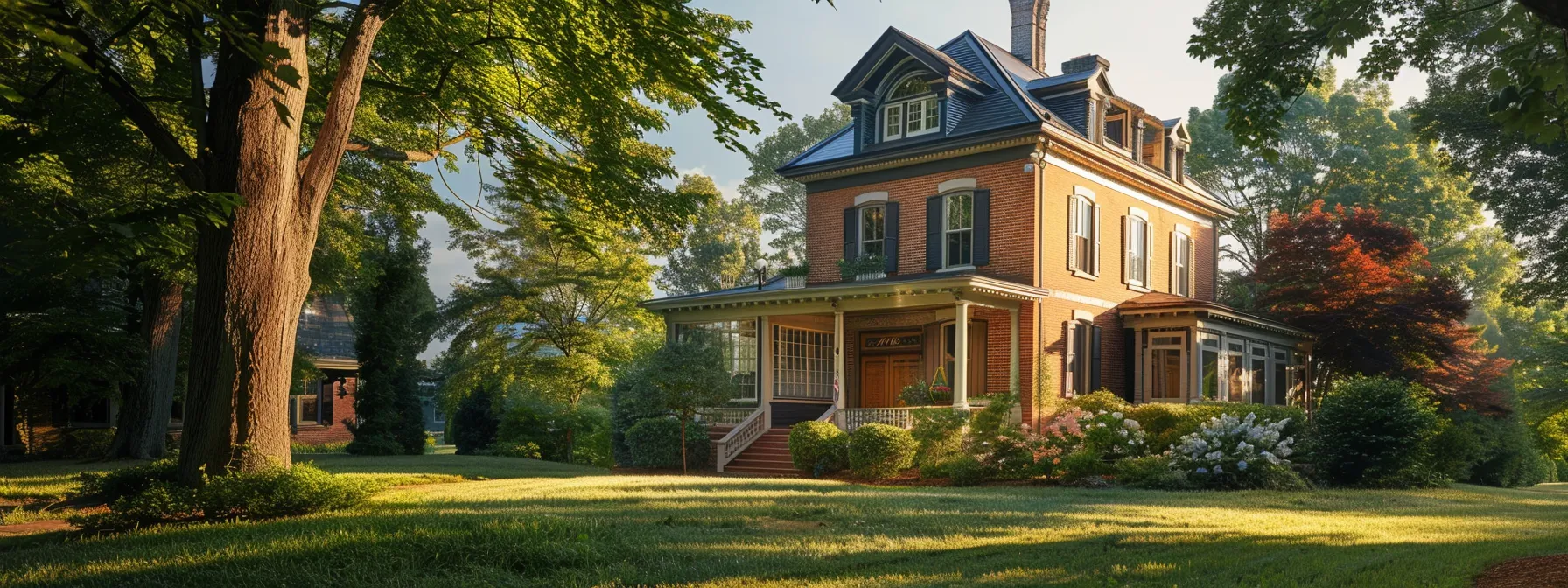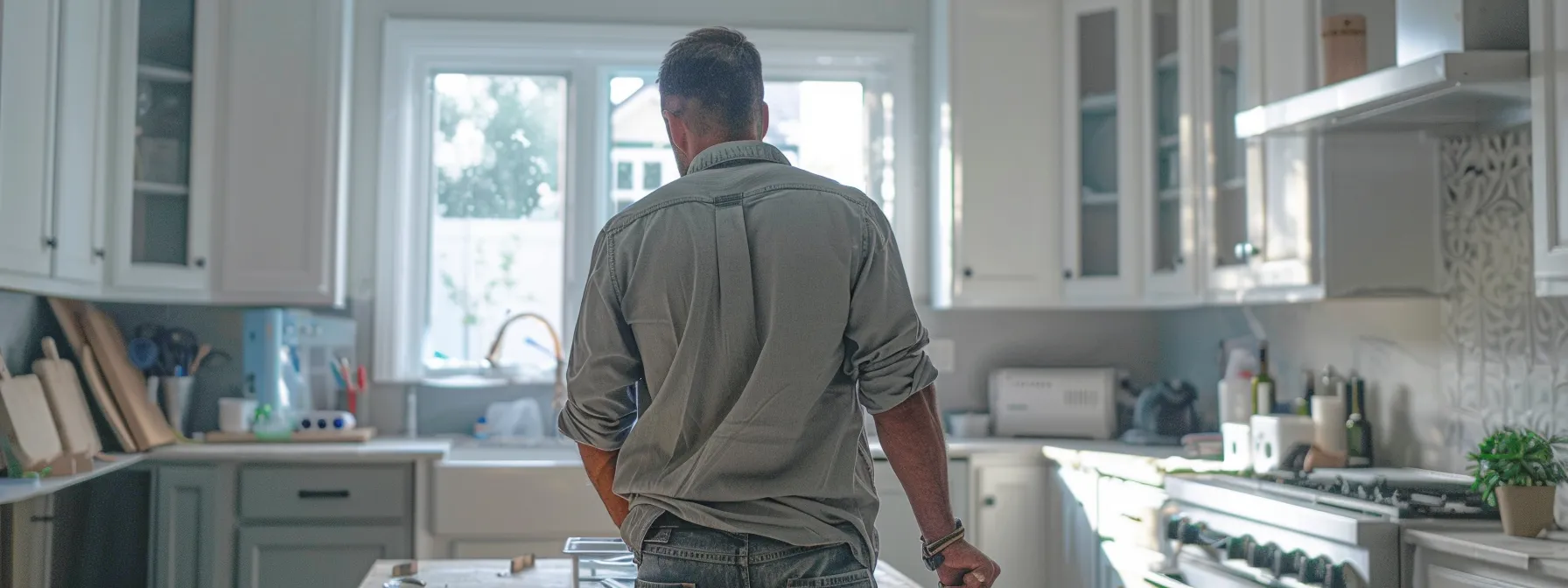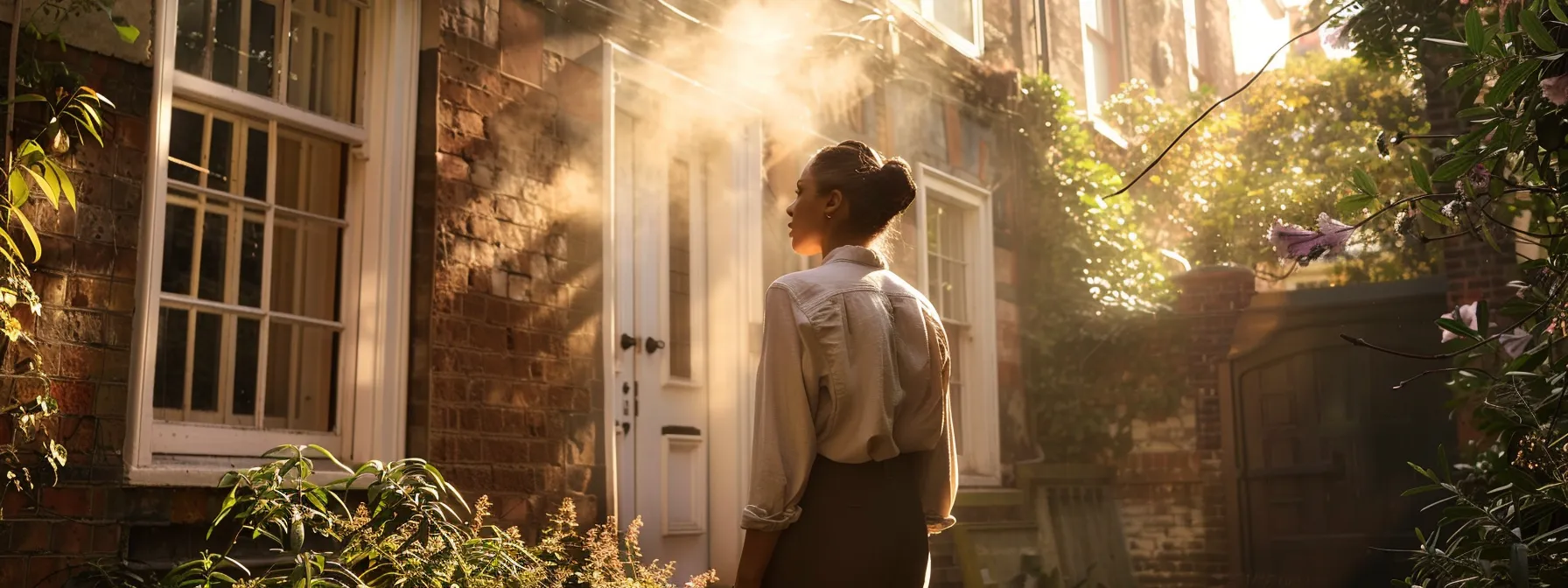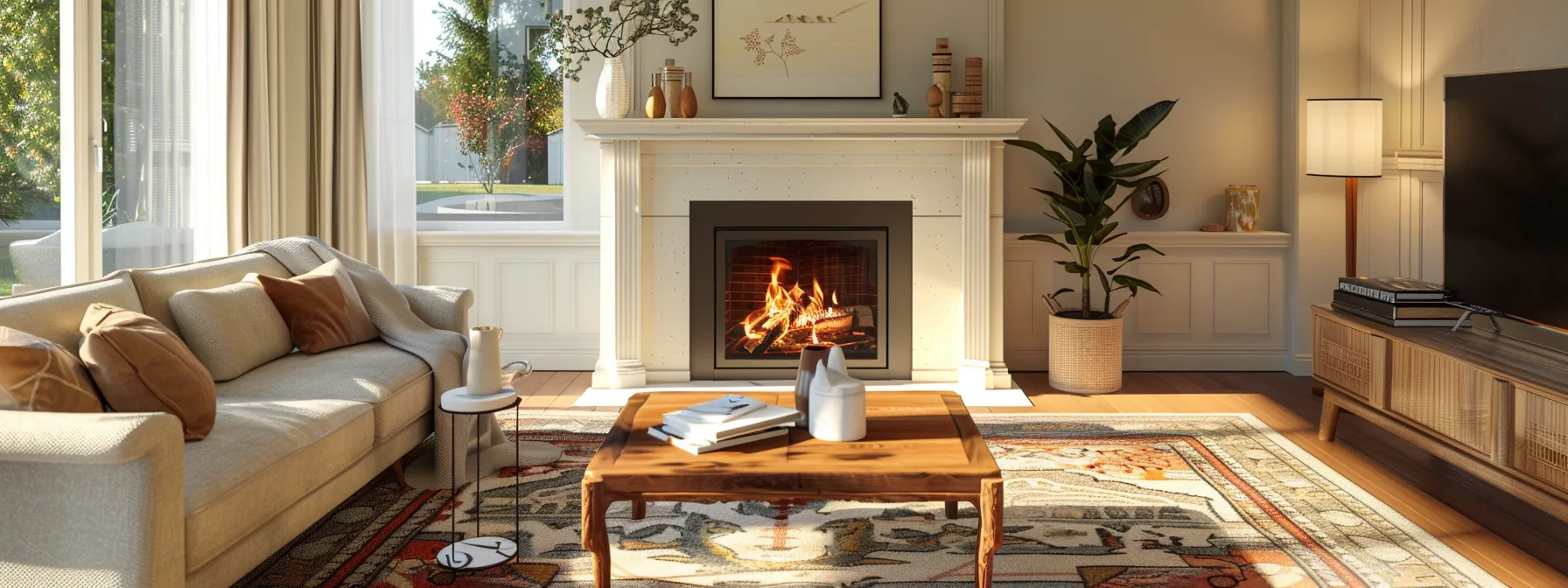Flipping an older home can be a rewarding venture that blends the character and craftsmanship of the past with contemporary conveniences. However, it requires a specific approach, as these types of properties come with their own set of challenges and considerations. From assessing the structural integrity to modernizing outdated systems without losing the home’s original charm, each step demands careful attention to detail. Below, we provide expert advice on the best practices for successfully flipping an older home while preserving its unique heritage.
Preserving the Historic Charm While Upgrading Essentials

When working with an older home, preserving its historical character can make it stand out in the real estate market. Original hardwood floors, crown moldings, and unique architectural details are just some of the features that draw buyers to these homes. It’s often these features that you’ll want to highlight and preserve during renovations to maintain the home’s unique allure.
However, modern buyers also look for comfort and efficiency. Upgrading the essentials is crucial, and this is where services like Climate Control Heating & Air San Antonio, TX could be essential for installing modern HVAC systems that blend seamlessly with the home’s aesthetics. Energy-efficient heating and cooling systems preserve interior charm while offering the functional benefits prized by today’s homeowners.
Another aspect where modernization is both necessary and visually impactful is in outdoor spaces. Integrating features like ipe decking can offer a contemporary yet harmonious touch, combining durability with a sophisticated look that complements the historic feel of the house.
Assessing and Prioritizing Renovations for Maximum Impact

Strategically assessing and prioritizing renovations is vital to flipping an older home successfully. Your initial assessments should include determining which renovations will provide the most substantial increase in property value. Kitchens and bathrooms are often prime candidates for remodeling as they offer a tremendous return on investment (ROI) when updated with modern amenities.
It’s crucial to create a detailed and prioritized budget that factors in both the cost of materials and labor. Essential infrastructural elements, such as the roof, plumbing, and electrical systems, should be addressed first to ensure the safety and functionality of the home. It’s also wise to allocate funds for unexpected expenses, as older homes tend to reveal surprises once renovation work begins.
Renovations should focus not only on aesthetic improvements but also on the home’s structural health and modern comfort. Addressing moisture issues, improving insulation, and repairing any structural damage should precede cosmetic updates. This ensures that the home is sound and protects the investment you make in beautifying it.
Navigating Zoning Laws and Building Codes for Older Properties

Navigating the zoning laws and building codes applicable to older properties is an often underappreciated aspect of the home flipping process. Understanding these regulations early on is imperative, as they can significantly affect your renovation plans and overall budget.
In some areas, older homes are protected by historical preservation policies, which can limit the changes allowed. It’s vital to work closely with local planning authorities and heritage preservation boards to ensure that your renovation plans are permissible and respectful of the community’s historical character.
Moreover, older homes often need extensive renovation to meet current building codes, particularly in terms of structural integrity, and electrical, and fire safety standards. It is sometimes necessary to invest in professional services to ensure compliance and avoid costly fines or rework.
Marketing Your Flipped Older Home: Highlighting Character and Modern Comforts

Once you’ve successfully flipped an older home, your marketing strategy should celebrate its unique character and modern upgrades. Showcase the story of the home, emphasizing the care taken to preserve its historical integrity while highlighting the contemporary comforts that have been added. This story can be compelling to buyers who value both authenticity and modern usability.
Professional staging and photography are invaluable for showcasing the property in its best light, accentuating the fusion of old-world charm with new-world convenience. Make sure to draw potential buyers’ attention to the details that make the home special, such as original fireplaces, unique woodwork, or vintage fixtures that have been preserved or restored.
Overall, successfully flipping an older home involves a delicate balance between retaining the historical charm and implementing modern upgrades. By carefully navigating the inherent challenges, such as zoning laws and unexpected structural issues, while preserving the irreplaceable character of the property, you can create a home that captures the hearts and offers the comforts that buyers desire. With strategic marketing to showcase these qualities, you can ensure your flipped home stands out in the competitive real estate market.

Jessi is the creative mind behind The Coffee Mom, a popular blog that combines parenting advice, travel tips, and a love for all things Disney. As a trusted Disney influencer and passionate storyteller, Jessi’s authentic insights and relatable content resonate with readers worldwide.
